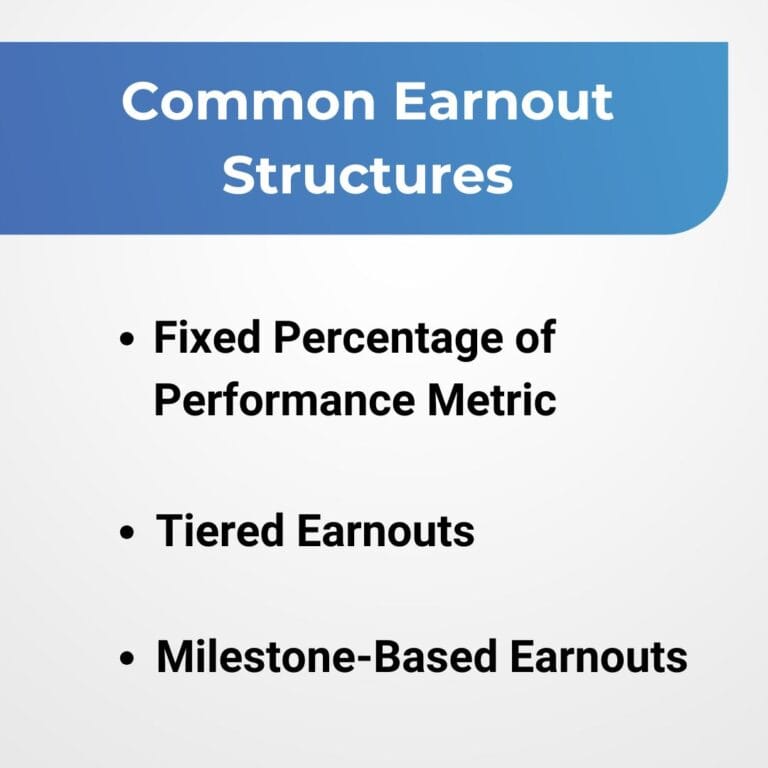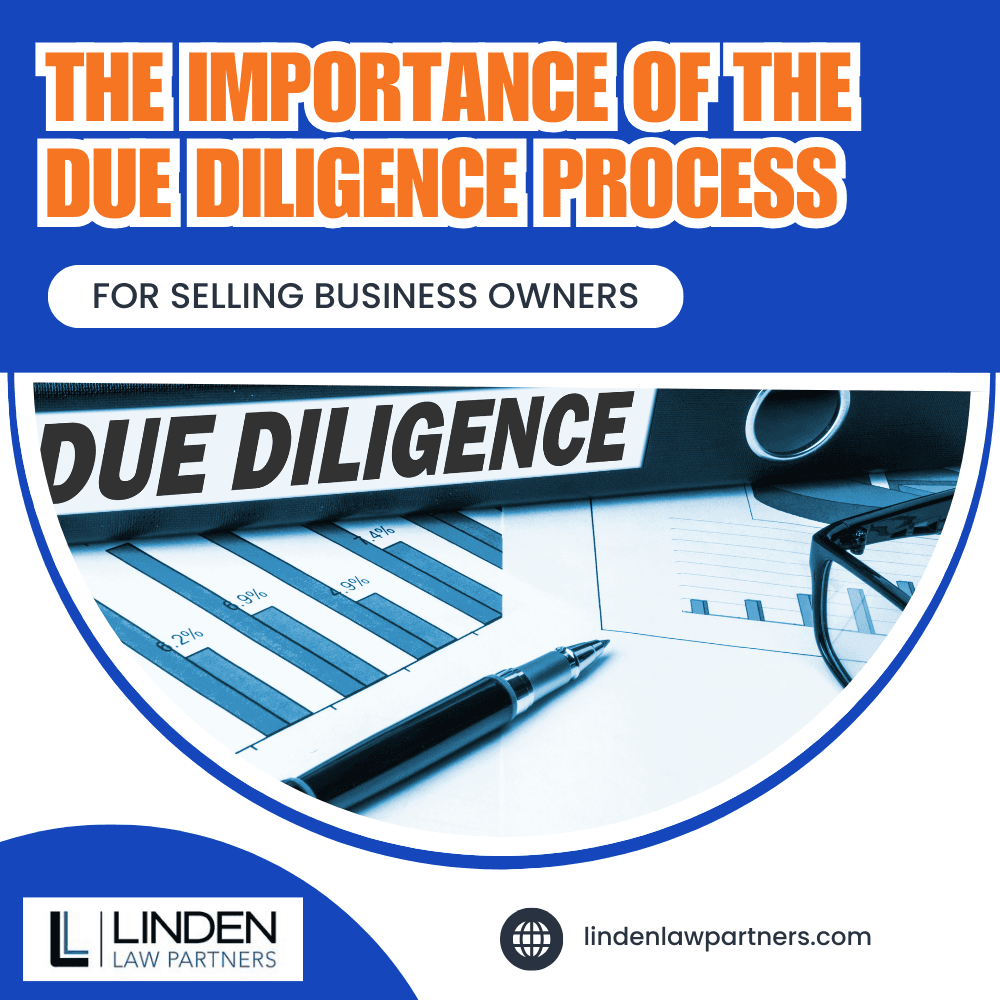Table of Contents
- 1. Escrow Structuring and Administration
- 2. Reps and Warranties and Indemnification Exposure
- 3. General vs. Fundamental Representations and Warranties
- 4. Covenant Breaches and Indemnification
- 5. Representations and Warranty Insurance (RWI)
- 6. Dispute Resolution for Indemnity Claims
- 7. Buy-Side vs. Sell-Side Indemnification Strategy
- 8. Conclusion
When selling a privately held company, one of the most overlooked—and misunderstood—elements of the deal is indemnification. While most sellers focus on the headline purchase price, the reality is that indemnification terms often determine how much of that price sellers actually retain after closing.
At Linden Law Partners, we specialize in representing founders and selling shareholders in private company M&A transactions. Through this guide, we help demystify indemnification and arm sellers with the knowledge to protect their upside and minimize long-tail risks.
Indemnification provisions in M&A agreements are a minefield of legal and financial nuances that can either safeguard or severely erode a seller’s post-closing proceeds. Sellers who approach this issue with strategic clarity—and who negotiate from a position of informed leverage—are far more likely to exit with the full benefit of their hard-earned business value. This article goes well beyond the basics, offering sellers a full-spectrum view of indemnity exposure, the mechanics of post-closing claims, and how to negotiate favorable terms.
Escrow Structuring and Administration

Escrow arrangements are central to indemnity enforcement. Even the most well-drafted indemnification clauses are only as good as the funding mechanism backing them. In most M&A deals, a portion of the purchase price (typically 10-20%) is held back in an escrow account to satisfy potential indemnity claims.
This escrow account acts as a source of security. Without it, buyers may struggle to enforce indemnity rights, and sellers may face delayed or disputed claims well after closing. The mechanics governing escrow disbursement are equally critical. Sellers should ensure the agreement defines:
- When funds may be released
- What types of claims justify disbursement
- Who controls the account
- How disputes are resolved
Many deals also establish separate escrows for specific risks, such as tax liabilities, litigation, or environmental exposure. These bespoke escrows may survive longer and be excluded from general caps and baskets.
Clear and strategic escrow structuring and administration not only limits post-closing surprises but also facilitates smoother exits by preemptively resolving funding questions.
Reps and Warranties and Indemnification Exposure
Indemnity claims typically arise from breaches of the seller’s representations and warranties. These are the factual assertions a seller makes about the business, ranging from its financials and operations to compliance and legal standing.
Each rep is a potential landmine if misstated—even unintentionally. The accuracy, scope, and qualifications of these reps directly affect indemnity exposure.
Key protective tools include:
- Knowledge qualifiers: Limiting reps to facts known by specific individuals
- Materiality thresholds: Reps only apply to matters of material consequence
- Disclosure schedules: Detailed carveouts that limit liability by documenting exceptions
Through a focused reps and warranties review and advisory assistance, sellers can revise overly broad reps, limit subjective standards, and ensure the disclosure schedules are doing their job.
General vs. Fundamental Representations and Warranties
Understanding the distinction between general and fundamental reps is vital. It’s not just legal semantics—it determines how much a seller can lose, and for how long.
Indemnification for these types of reps are often:
- Capped at 10% or less of the purchase price
- Subject to baskets
- Time-limited (12–18 months)
Fundamental reps, by contrast, go to the core of the deal:
- Title to shares or assets
- Authority to sell
- Capital structure
- Taxes
- Brokers and finders
Indemnification for fundamental reps are frequently:
- Capped at the full purchase price (or uncapped in some cases)
- Not subject to baskets
- Survive much longer—or indefinitely
Sellers should be cautious: Some buyers attempt to stretch the definition of “fundamental” to include things like intellectual property or customer relationships. Careful custom indemnification provision drafting can stop that overreach before it starts.
Covenant Breaches and Indemnification

Covenants in M&A agreements are promises about future or pre-closing conduct. For example:
- A seller might covenant not to solicit customers post-closing (non-solicit)
- Or to provide transition services for 90 days
- Or to operate in the ordinary course until the closing date
These covenants can trigger indemnity liability if breached—even if reps and warranties are untouched.
Key considerations for sellers:
- Pre-closing covenants should expire at closing, unless essential
- Post-closing covenants must be tightly scoped in duration, territory, and obligations
- Violations of post-closing covenants are often excluded from general indemnity limits
Sellers should conduct a survival period structuring and legal strategy analysis to ensure the risks from covenants don’t exceed what’s fair or expected.
Representations and Warranty Insurance (RWI)
Over the past decade, RWI has revolutionized private company M&A deals, especially those involving private equity buyers. RWI is an insurance policy that covers the buyer for losses arising from breaches of reps and warranties.
When RWI is used:
- The insurer—not the seller—bears the risk of breach
- The seller’s indemnity obligations are often reduced or eliminated
- Escrow amounts are often lowered (or waived entirely)
But RWI is not a silver bullet. Policies:
- Exclude known risks, like pending litigation or tax issues
- Require retention amounts (i.e., deductibles)
- Only cover specific types of reps, not covenants or post-closing conduct
Sellers should work closely with legal counsel for representation & warranty insurance consulting, ensuring that policy terms align with the M&A agreement and do not create mismatch liabilities.
Dispute Resolution for Indemnity Claims
Even with precise drafting, disputes happen. Sellers must plan for conflict.
An effective dispute resolution for indemnity claims strategy should include:
- Notice procedures: Time limits and formats for claim submission
- Third-party claim defense: Who controls litigation or settlements
- Escrow release rules: Who decides if funds are released—and under what circumstances
- Governing law and venue: Which state’s law governs disputes, and where they’ll be heard
Some deals include stepped resolution clauses:
- First: Negotiation
- Then: Mediation
- Finally: Arbitration or litigation
Sellers should not blindly accept buyer-friendly dispute frameworks. A small change in who controls defense rights, for example, can dramatically shift leverage.
Buy-Side vs. Sell-Side Indemnification Strategy
Indemnification is inherently adversarial. Buyers aim to protect themselves from downside risk. Sellers want to preserve their hard-earned value.
Typical buy-side strategies include:
- Long survival periods
- Broad loss definitions
- No materiality qualifiers
- Low baskets / high caps
- Escrows with buyer control
Meanwhile, smart sell-side strategies include:
- Narrow, qualified reps
- Knowledge and materiality thresholds
- Capped exposure tied to escrow only
- Tipping baskets with fraud carveout protections
- Short, tailored survival timelines
Through experienced buy-side/sell-side indemnification strategy consulting, sellers can anticipate and deflect common buyer tactics—without unnecessary friction.
Conclusion: Don’t Let Indemnification Undermine Your Exit
Every deal has a price. But the real value of a business sale isn’t just what’s signed on paper—it’s what the seller actually keeps.
Indemnification provisions are where buyers often try to tilt the playing field. Without careful planning, they become a silent tax on your deal proceeds. Sellers who proactively manage indemnity exposure—through precise drafting, negotiated limits, and sound strategy—walk away cleaner, stronger, and with fewer regrets.
At Linden Law Partners, we bring a strategic, business-first mindset to M&A deals. We don’t just paper transactions—we protect outcomes.
If you’re preparing to sell your company, don’t wait until diligence to think about indemnity claims. Let’s talk early and negotiate it right.





















